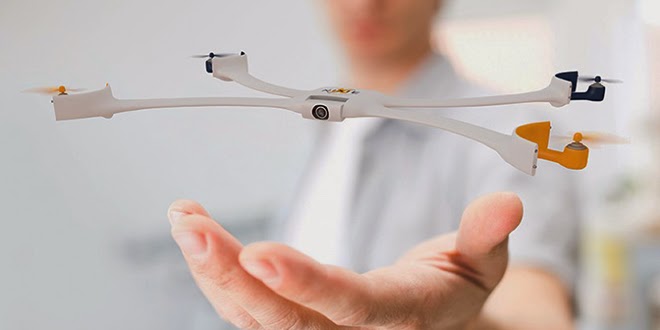After a few minutes of conflict
resolution, we immediately ran into the house and threw the mini SD card into
the laptop. “Hallelujah, Hallelujah, Halle, Halle, Hallelujah” There was this
wonderful video of our hilltop neighborhood and our homes. It was a friggin
miracle.
Well, two things happened that day;
Day One. First, I caught ‘Remote Control Disease’ and second, I first learned
of HobbyKing. HobbyKing! Where everything is amazing and really cheap. At this
point in my life, I had to make a choice between HobbyKing and my kid’s
inheritance. Let me tell you, this choice was not easy. Of course, being
focused only on myself and my immediate needs satisfaction; I opted for
HOBBYKING.
That is when my hobby life began and
started to unravel, all at the same time. I saw the amoebas of life
reconfigured into a new formula. A
formula of cheap China parts and unreadable user manuals. Screw the user manual, I can figure this shit
out by myself. How hard is it to fit Piece A into B, through hole C. Oh, there
is no piece B and piece A is the wrong size. Oh, and hole C is actually on a
different airplane.
My first remote controlled airplane
along with a brand new HobbyKing transmitter costs $110 and the plane never flew and I threw
the radio away as well. And it began! Cheap part after cheap part from every
corner of the People’s Republic. This $5 part and that $7 part and $36 for some
weird freight through some rich ass Hong Kong dude. Bravo! Good for you
guys.
As I said, that first plane never got into
the air. Nor, did the second one. Forty seven days later, plane three did fly;
28 seconds. My maiden flight was over. It was then that I had another one of
those friggin opportunities to learn; I needed to buy two of everything from
HobbyKing. Shit doesn’t work. Shit doesn’t fly. And if it does fly, I will
crash it faster than you can log onto HobbyKing.com.
Sometime about one year later and
after more mangled airplanes than I can count, I read about quadcopters.
Finally an air worthy flying machine that hovers. Stops in space. Defies that
gravity thing.














